Best cyclo-cross bikes: 'Cross is always coming, so here are the best CX bikes out there
The best cyclo-cross bikes plough through mud and sand, grip on grass, and are no slouch on tarmac either. What's more, they can hang with the best at the more racy end of gravel.
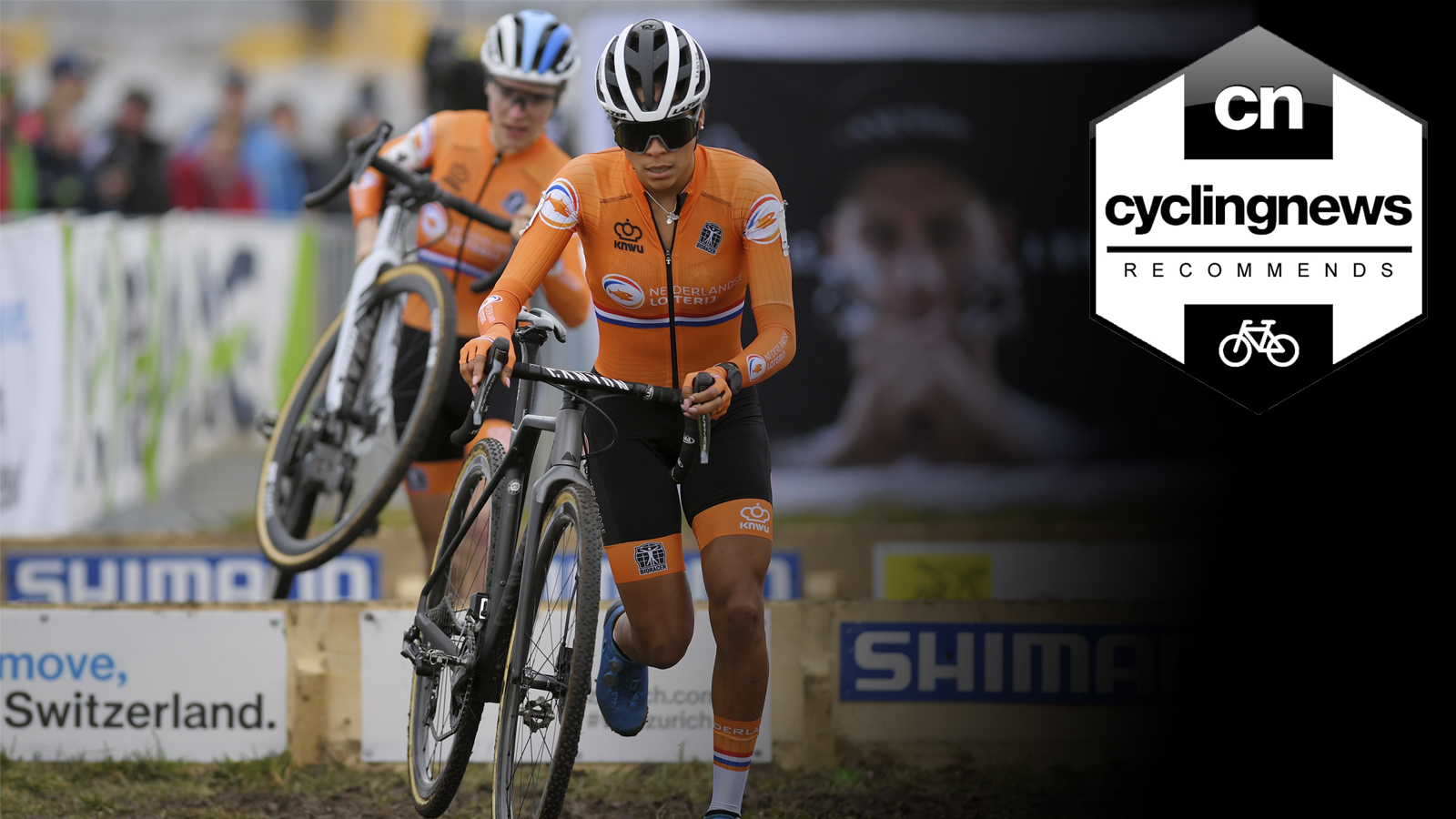
Whether it's the sand dunes of Koksijde, the cobbled climb of the Koppenbergcross, or commuting to work on a mix of canal towpath and tarmac, the best cyclo-cross bikes pack a level of versatility seen in few other cycling genres.
Originally developed as a way to spice up winter training using road bikes, the modern 'cross bike still retains a healthy dose of that road bike DNA, but with features and geometry designed specifically to tackle the technical turns, steep climbs, and deep mud you only really find in a cyclo-cross course.
There is some significant crossover between the racy end of the best gravel bikes and those designed specifically for 'cross, but to help clear things up we have a guide to help clear up the cyclo-cross vs gravel conundrum, as well as guide at the bottom to answer any questions you might have.
The best cyclo-cross bikes you can buy today
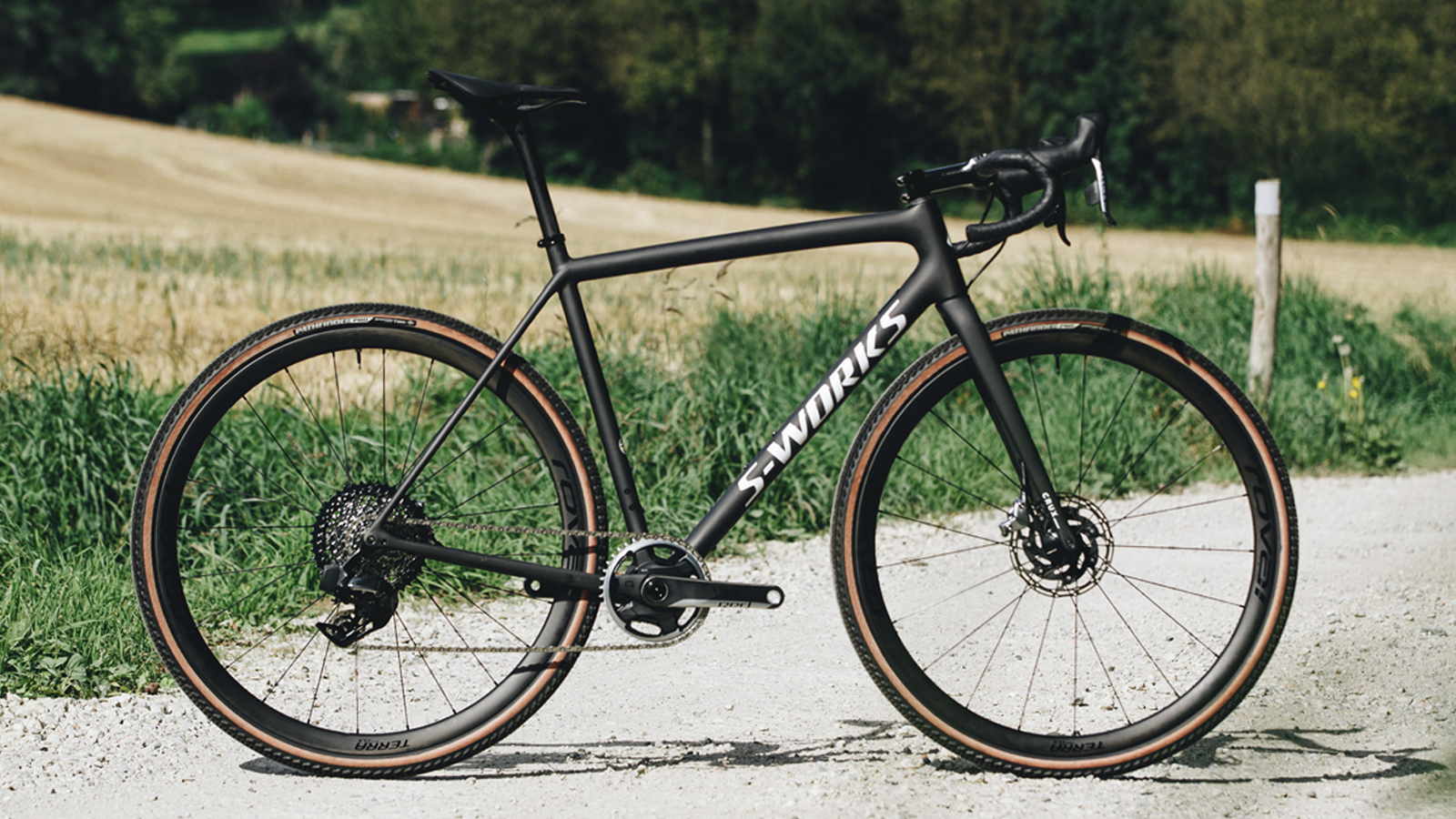
Specifications
Reasons to buy
Reasons to avoid
Specialized have made more concessions to gravel on their flagship cyclo-cross bike than on any previous iteration, posing the question "is this even a 'cross bike anymore?". Specialized itself refers to it as a gravel bike, which answers the question almost as quickly as it's been posed.
That being said, the Crux has an impressive CX heritage, having been piloted by world champions over the courses of the world cup. It's stiff and responsive enough to hold its own on the most technical 'cross courses, but with some well thought out tweaks such as a third bottle mount under the downtube, to allow it to go for much longer than the hour of a cyclo-cross race.
Read our Specialized S-Works Crux review to find out more.
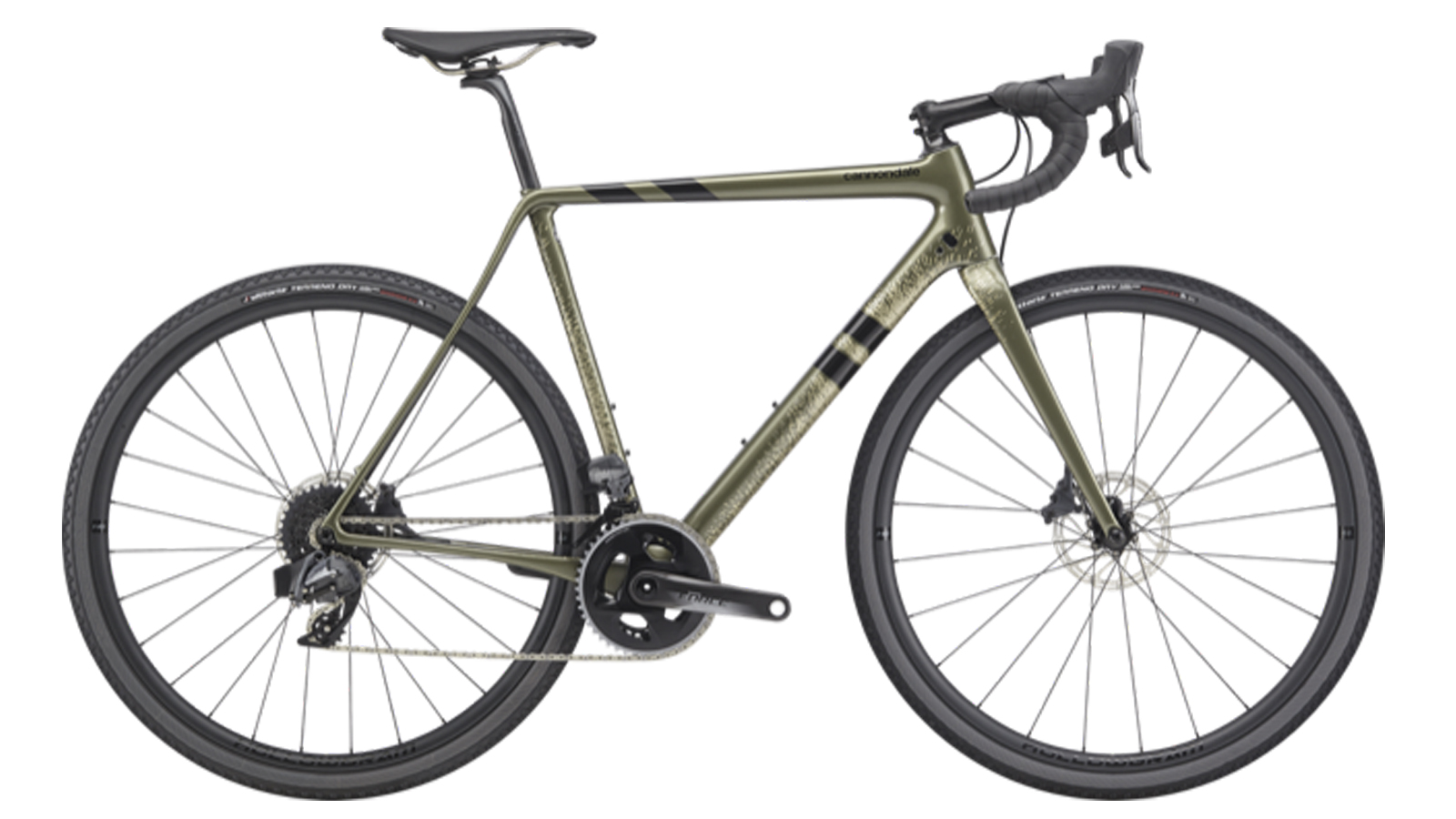
Cannondale SuperX Force eTap AXS
Specifications
Reasons to buy
Reasons to avoid
The SuperX may have remained relatively unchanged over the last few years but this is no bad thing. Cannondale has designed a feature-packed cyclo-cross frameset that has continually proved its competitiveness on the race scene.
Built from BallisTec Carbon which Cannondale use in their mountain bike range the frame features internal cable routing, 12mm thru-axles, Ai Offset Dish rear wheel and SAVE Micro Suspension. Cannondale's SAVE technology involves flattening the stays and optimising carbon layup vertical shock absorption is increased without losing any cornering precision or drivetrain stiffness.
An 83mm bottom bracket gives the SuperX excellent tyre clearance and short chainstays for manoeuvrability. Untraditionally, the SuperX has a slack head angle, this improves high-speed stability and is paired with Cannondale’s 'Optimized Steering Geometry' fork to maintain sharp steering characteristics required for cyclo-cross.
Cannondale has specced the SuperX with SRAM’s 2x12 Force eTap groupset and brakes. The wheels are Cannondale’s own carbon rims, hubs featuring DT Swiss internals and use Vittoria Terreno Mix TNT 33c tyres. The rest of the finishing kit is a mix of alloy and carbon parts from Cannondale and a titanium railed Fabric Scoop saddle. Included is Cannondale’s Wheel Sensor, developed with Garmin the small spoke mounted unit will record speed distance and ride time automatically.
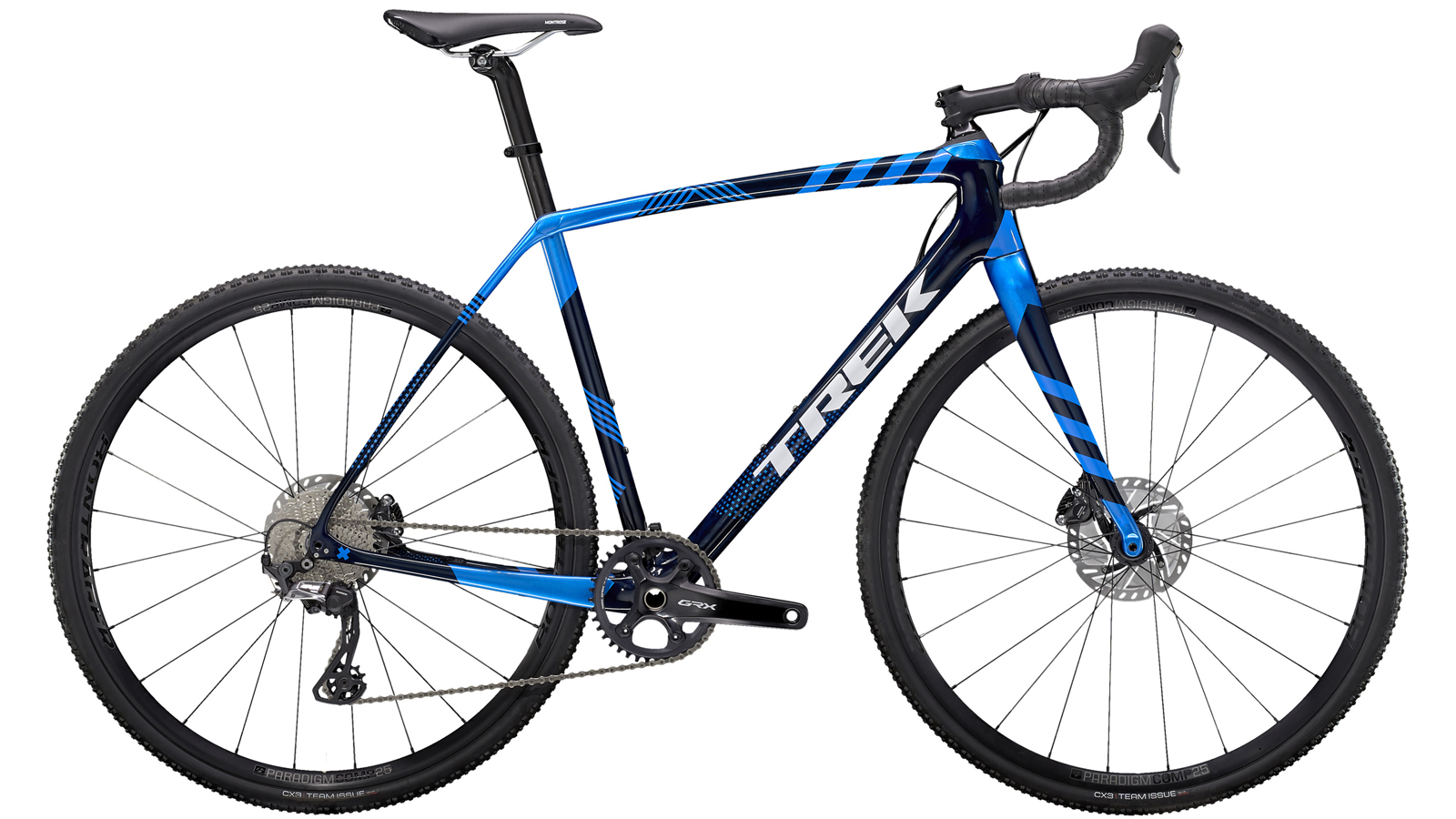
Trek Boone 6 Disc
Specifications
Reasons to buy
Reasons to avoid
Trek knows what it takes to make a winning race bike and the Boone 6 is no different. This speed can be attributed to the front and rear IsoSpeed decoupler. Originally appearing on their Domane endurance road bike in 2012, Trek now uses this technology across a wide range of bikes both on and off-road.
At the front the decoupler sits in a rocker cup located in the top of the headset and allows the steerer tube to flex, this creates compliance without affecting steering. In the rear, the IsoSpeed decouples the top tube and seat tube to promote seat tube flex. Not only does this dampen impacts but allows the rider to maintain a better riding position on rough terrain resulting in improved cornering control and stability.
Other cyclo-cross features include tidy internal cable management, chain guide and Bontrager's Quick Connect removable bottle cage which makes fitting and removal of a bottle cage fast and tool-free.
The Boone 6 comes with Shimano’s GRX RX810 11sp drivetrain and has some wheels and finishing kit from Bontrager. Stem length, handlebar width and cranks are scaled based on frame size to assure a comfortable fit. Tyres are Bontrager’s well rounded CX3 Team Issue with a 32mm diameter.
Read our review of the next model up, the Trek Boone 7 Disc, to find out more information.
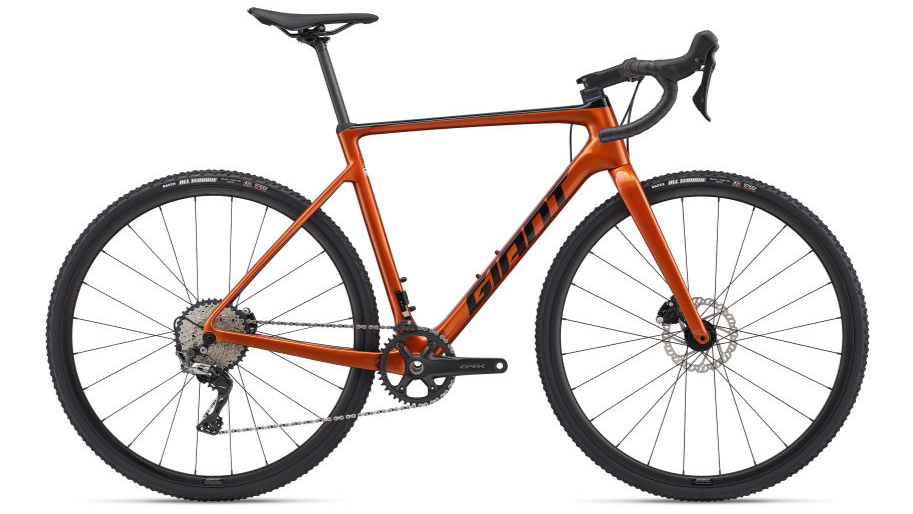
Giant TCX Advanced Pro 2
Specifications
Reasons to buy
Reasons to avoid
The Giant TCX range of cyclo-cross bikes have been around for a while and retain popularity thanks to their excellent ride characteristics.
On top of this well-mannered ride quality, the TCX Advanced Pro 2 is also superb value for money. While the spec might not be particularly exciting or glamourous, Giant have invested money where it’s most important, and for the latest model, the bike has been given a 17 per cent reduction in weight and an increase in stiffness.
It has also been given the ability to fit a dropper post, which might not directly speak to CX racers, but given the gravel vs cyclocross crossover, the added versatility will be well-received by many one-bike-multidisciplinarians.
The TCX Advanced Pro 2 is a perfect bike for riders transitioning into racing and are looking for a worthy platform to upgrade as skills advance and competition becomes more serious.
The TCX Advanced Pro 2 frameset uses Giants OverDrive 2 oversized headset bearings for front end stiffness and a new D-Fuse SLR carbon seatpost which Giant claims has 20 per cent more flex than the outgoing model, to absorb vibrations and reduce fatigue. With the use of an adapter, this post can also accept 30.9mm round posts, as well as the aforementioned dropper post compatibility. The frameset also features 12mm axles, ample mud clearance, an enclosed 1x chain guide and internal routing.
The 1x groupset and brakes all come from Shimano's GRX range. Wheels and the finishing kit is all Giant own-brand equipment including that D-Fuse seatpost. The TCX Advanced Pro 2 comes with Maxxis All Terrane 33mm tyres which feature an aggressive tread pattern that will bite into slippery conditions. Bonus points to Giant for setting up the tyres tubeless from the factory, saving you time and mess.
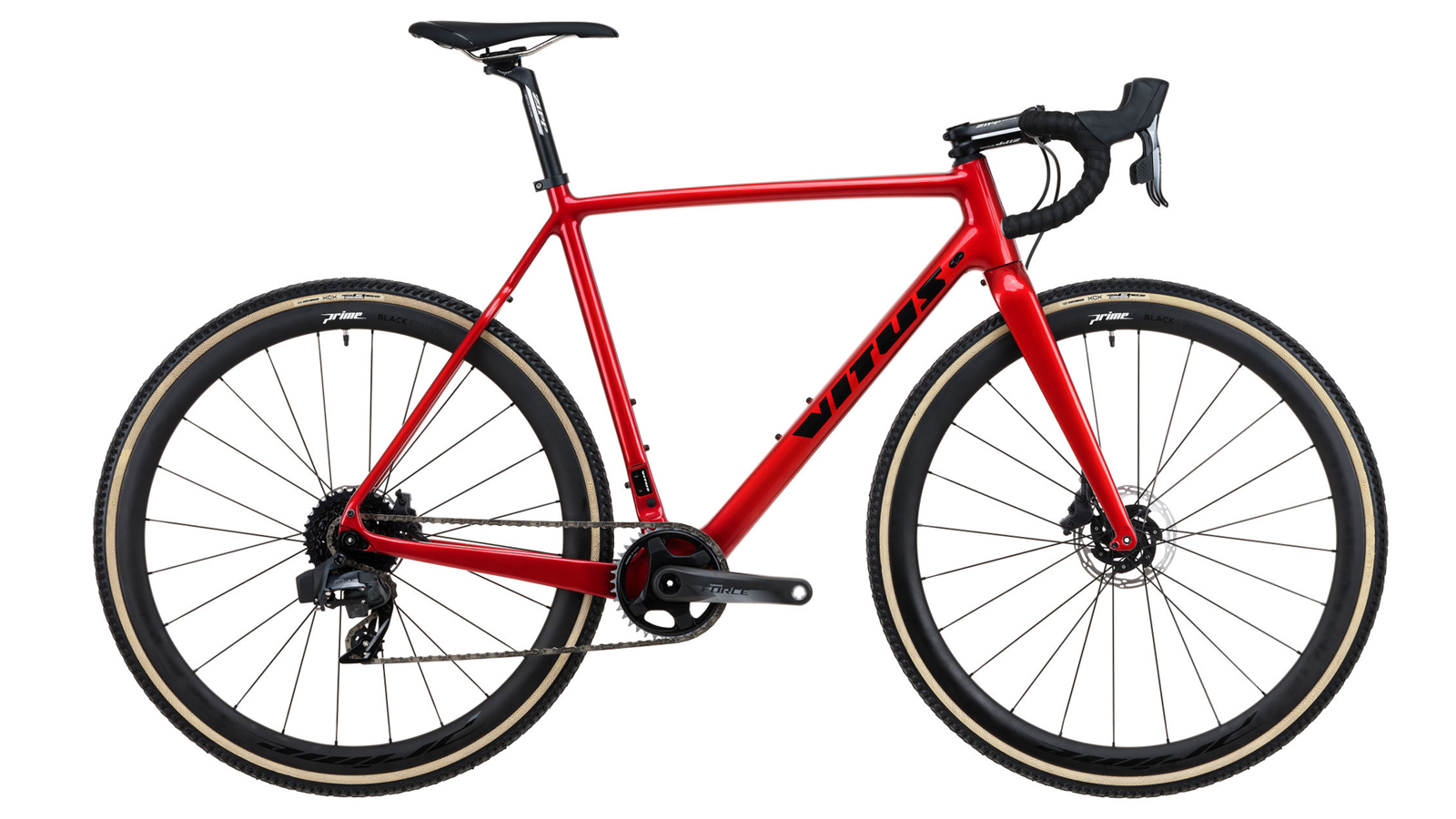
Vitus Energie CRX eTap
Specifications
Reasons to buy
Reasons to avoid
Direct to consumer brand, Vitus, brings formidable value in the form of their 2021 Energie CRX eTap equipped race bike.
The Vitus Energie CRX frameset remains unchanged from last year, design continuing with a Toray 700 carbon fibre construction, thru-axles, flat-mount brakes and internal routing.
Vitus include practicalities in the form of two bottle cage mounts, a front derailleur braze-on and mudguard mounts. Extending the Energie’s usefulness beyond the confines of the race track and into your daily commute or for longer off-road rides.
Being the top of the Energie range means that the CRX comes equipped with SRAM’s Force eTap groupsets as well as a set of Chain Reactions own brand Prime Black Edition 38mm Carbon tubeless-ready wheels. Finishing kit uses Zipp Service Course components and the tyres are 33mm skinwall Vee XCX tubeless-ready tyres.
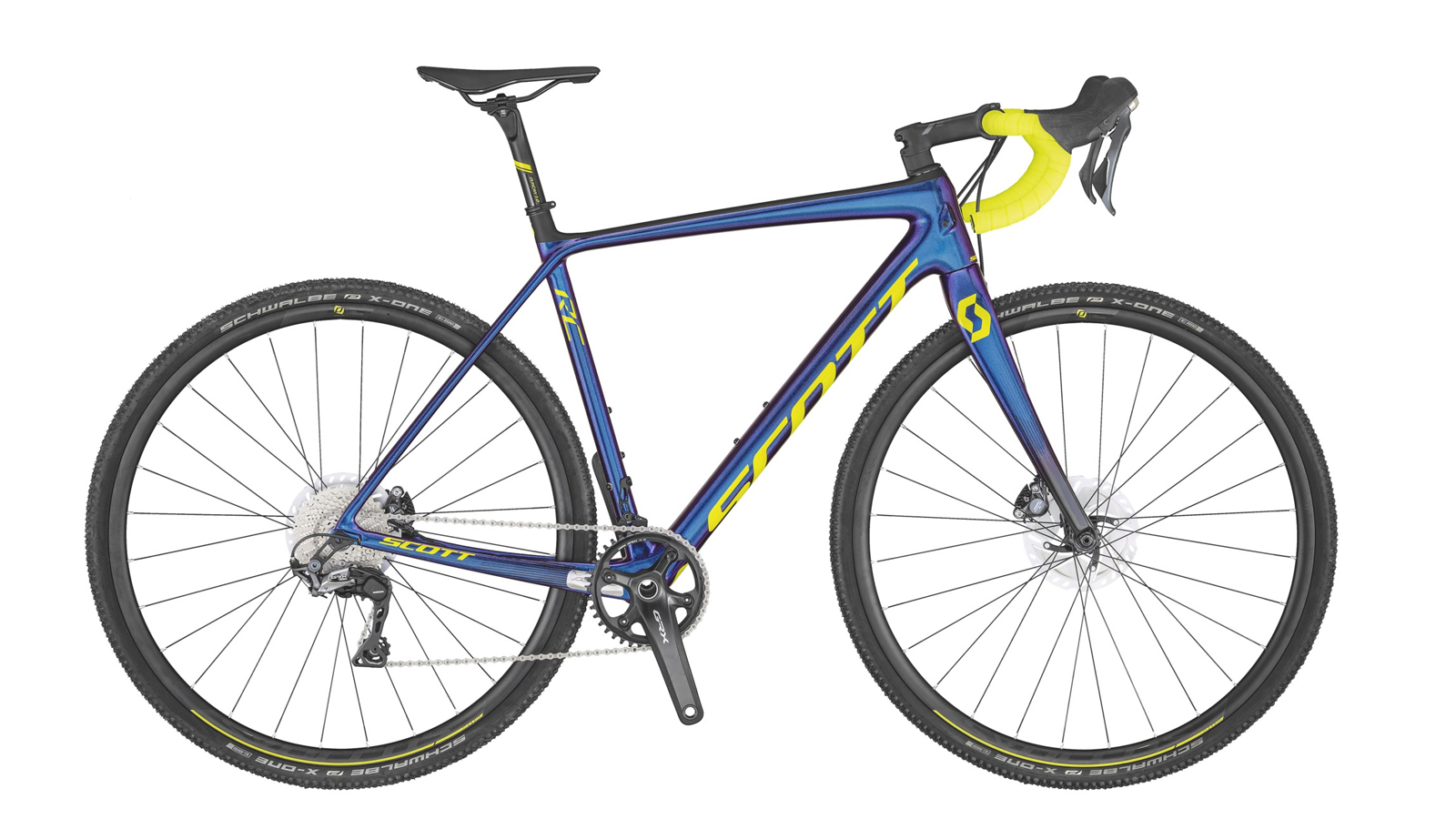
Scott Addict CX RC
Specifications
Reasons to buy
Reasons to avoid
With Scott’s Addict range migrating to the gravel scene, the Scott Addict CX RC now holds the fort as Scott’s only dedicated cyclo-cross race bike.
Scott may have whittled its cyclo-cross range down to just one model but it doesn’t mean it hasn't made some key considerations when designing the Addict CX RC which it claims is stiffer and more vertically compliant than previous generations. Scott uses replaceable dropouts to help save your frame should you crash or damage the thru-axle threads in a panic wheel change.
A chain catcher keeps the chain in check while an ovalised top tube makes for more comfortable carrying. Internal cable routing keeps everything tidy and is compatible with DI2 if you are planning future upgrades.
The Scott comes specced with Shimano’s new 1x GRX RX810 groupset and brakes. The rest of the build is supplied by Scott’s own brand Syncros. Tyres are Schwalbe X-One CX Performance in 35mm.
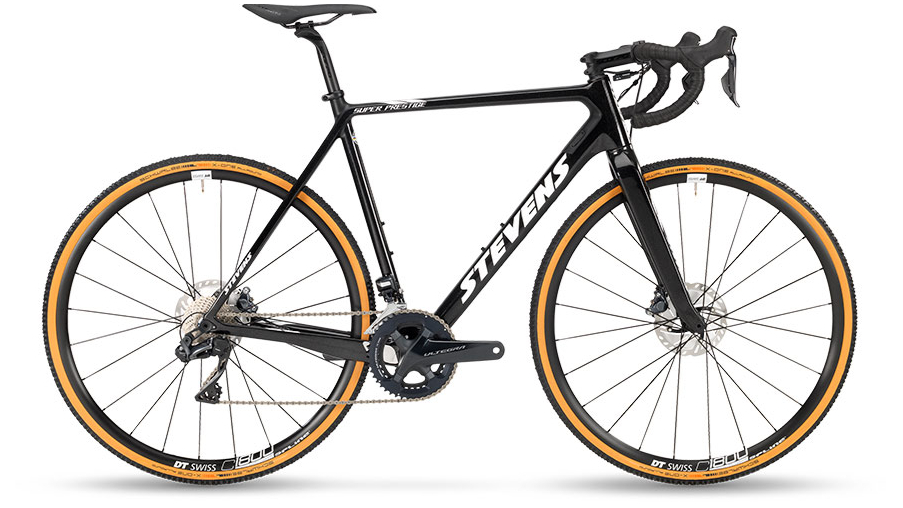
Stevens Super Prestige Disc
Specifications
Reasons to buy
Reasons to avoid
Stevens has a lot of confidence in its Super Prestige Disc frameset making the bold claim that it’s “probably the best cyclo-cross bike frame in the world”. Having won multiple world championships amongst other accolades, the Super Prestige Disc certainly has the results to back this up, and given it has previously been suitable for Wout van Aert, the Super Prestige clearly has a world-class pedigree.
Geometry is race-focused and has been developed with input from Stevens' racing team. Stevens claims its high modulus carbon gives the Super Prestige Disc maximum stiffness without sacrificing weight.
A tapered seat tube gives the compliant properties of a 27.2 seat post and increases in diameter down towards the bottom bracket shell for improved drivetrain stiffness.
The Stevens Super Prestige runs a double Shimano Ultegra RX drivetrain with a chain guide that can be adapted for different chainring sizes. 12mm thru-axles keep a DT Swiss C 1800 wheelset secure and the bike rolls on Schwalbe X-One All-round Evolution 33mm tyres. Finishing kit is supplied by Stevens in-house Oxygen brand.
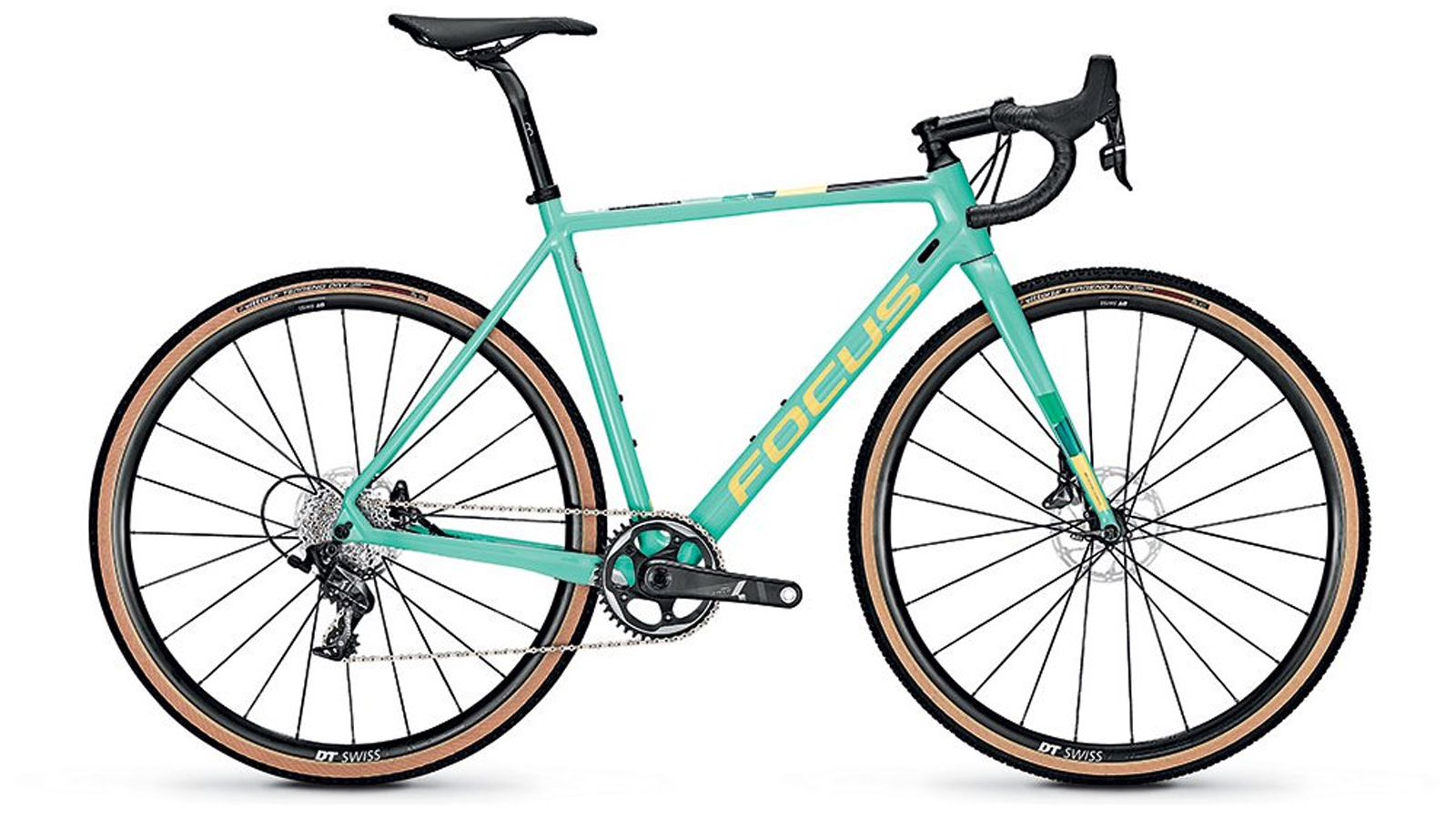
Focus Mares 9.9
Specifications
Reasons to buy
Reasons to avoid
With Focus’ founder Mike Kluge being a former world cyclo-cross champion and having 25 years of experience racing, Focus know a thing or two about making the best cyclo-cross bikes.
Focus balances stiffness and weight in the Mares using carefully developed tube shapes and its Stable Stiffness Per Size (SSPS) production method. SSPS manipulates carbon layup for each frame size to produce a uniform ride quality.
Focus’ understanding of cyclo-cross is obvious with features like the Rapid Axle Technology (R.A.T.) axle design featured on the front and rear wheels. R.A.T. is a floating axle giving the stiffness of a bolt thru-axle and designed for super-fast quarter lever turn wheel changes which will save valuable time in the heat of a race.
1x systems are very reliable – however, Focus leaves nothing to chance by including a chain guide to prevent chain drop on rough sections. Internal cable routing and a flattened top tube aid carrying the bike on portage sections.
The Mares 9.9 boasts a ready to race build featuring SRAM Force groupset, a DT Swiss C 1800 wheelset with 33mm Vittoria Terreno Mix tyres. Handlebars, stem and seat post use BBB components and the saddle is a Prologo Scratch.
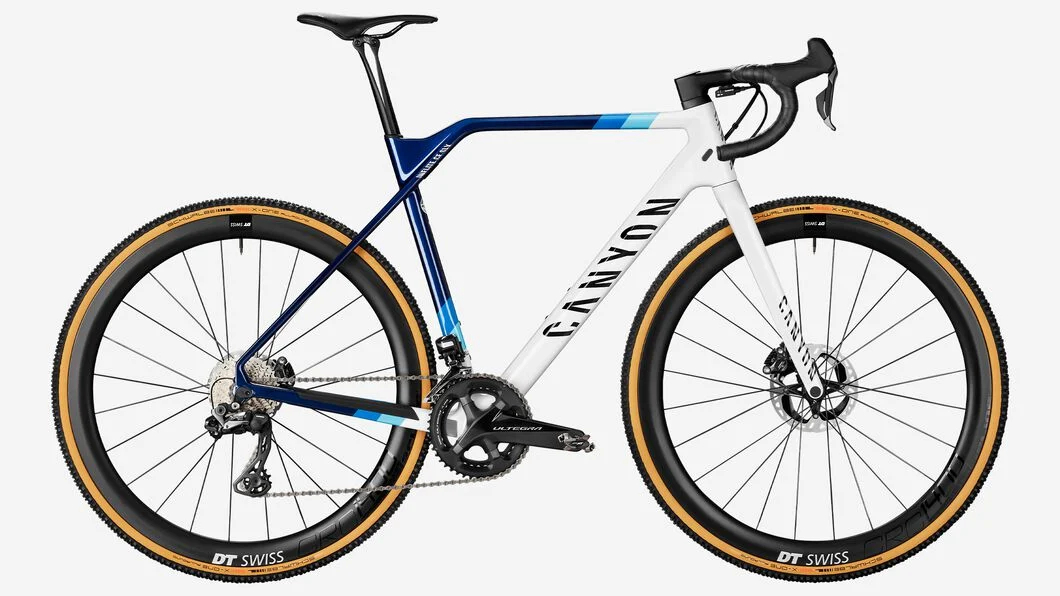
Canyon Inflite CF SLX 9.0 Team
Specifications
Reasons to buy
Reasons to avoid
Canyon has quickly secured cyclo-cross success thanks to the introduction of its carbon Inflite. Packed with features along with legendary value for money, the Inflite CF SLX 9.0 Team is a solid contender amongst off-the-peg race-ready rigs. If it's good enough for Mathieu van der Poel, it's good enough for us, although he could probably win on any bike.
Firstly let's talk about that top tube kink. In terms of looks, it may divide opinions however there are practical reasons behind it. More seat post is exposed which gives the rider greater seated comfort (up to a claimed 15% more deflection with 110mm of exposed seat post) without resorting to a compact frame that would hamper carrying the bike. This odd shape also offers a comfortable place to rest the bike on your shoulder too.
The Inflite CF SLX sticks within fairly established cyclo-cross geometry to give the bike a classically lively feel. Canyon has considered the ride quality of their smaller 2XS and 3XS frame sizes and specced these with 650B wheels to give them the same handling characteristics as the larger frames.
Components are a tasty selection of Shimano 11sp GRX DI2, an Ultegra double chainset and carbon DT Swiss wheels with Schwalbe tyres. Finishing kit uses Canyon’s integrated carbon H31 Ergocockpit CH bar and stem (frame size-specific) and carbon seat post with a Selle Italia SLR Boost saddle.
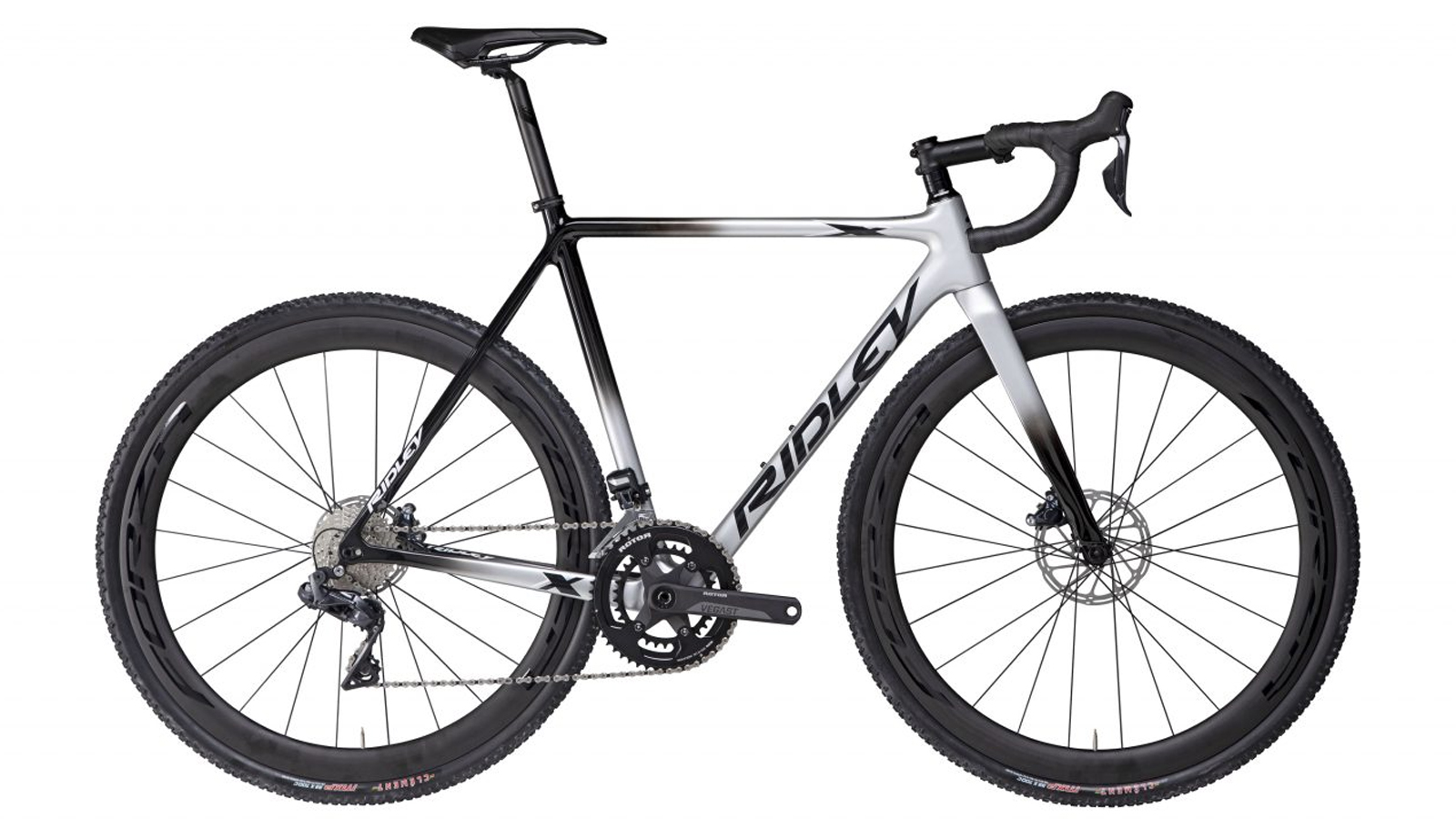
Ridley X-Night SL Disc GRX 800
Specifications
Reasons to buy
Reasons to avoid
Cyclo-cross is celebrated passionately in Belgium so it’s not surprising that Flanders-based Ridley takes cyclo-cross bikes very seriously.
Ridley is keen to differentiate the X-Night SL Disc from other types of drop-bar off-road bikes. Stating that the X-Night SL Disc is an uncompromised agile race bike that has been finely tuned for competition using the feedback of multiple cyclo-cross world champions; one of whom is rising Belgian star Eli Iserbyt.
Manufactured using Toray carbon, Ridley has saved 200g over its lower-end carbon X-Night frame by using specific combinations of carbon grade which gives engineers control of the frames stiffness characteristics.
Conforming to all modern standards, the X-Night SL has 12mm bolt-thru front and rear axle as well as flat mount brake calipers. Ridley achieves fully integrated internal routing using its F-Steerer, giving the X-Night SL Disc a very clean cable-free appearance, provides easy carrying and combats mud ingress.
A Shimano GRX 800 drivetrain is paired with a Rotor Vegast 46/36T chainset. A set of Forza Norte DB roll on a set Donnelly MXP Folding 33mm tyres. Finishing kit is from Ridley’s own brand Forza.
Cyclo-cross bikes: Everything you need to know
What is cyclo-cross?
You have one hour to complete as many laps of a technical, multi-surface course as you can. 180 degree hairpins are common, and mud is an almost universal constant as the sport is primarily a winter pursuit.
Steep banks that may require you to shoulder your bike and run, barriers to jump over, deep sand, and off-camber sections are all regular features, all of which you have to negotiate at your aerobic limit without colliding with a field of anywhere from 20 to 150 riders.
The bikes are designed to cope with these relatively unique requirements; short wheelbases and steep angles to keep the handling razor-sharp for the tight bends, higher bottom brackets to avoid pedal strike while riding off-camber, room for the UCI-maximum 33mm tyres and some more for mud to leave the party, and relatively tight gear ratios; if things get too steep you'll be running anyway, so a 50t rear cassette is useless.
Are cyclo-cross bikes good for road riding?
Given their similar geometries it's more than possible to hang with the best road bikes on a properly adapted cyclo-cross bike if you've got the legs. All 'cross bikes will be using 700c wheels, and so with a swap of tyres to something more slick you're basically there - you make sure to check the rims are the right internal width to accommodate something substantially narrower if you go down this route.
Most 'cross bikes nowadays will be using thru-axles and discs so it may be possible to put the wheels from your road bike onto your cross bike if you were that way inclined.
A cyclo-cross bike will almost invariably have a higher bottom bracket and a slacker headtube than a dedicated road bike, meaning it may not feel quite so planted in the corners and the steering may be a little slower, so just bear this in mind.
Where they may struggle against the pure roadies is in the field of gearing. s race speeds are slower when slogging through ankle deep slop, a race-focussed CX bike will typically either have a close spaced double of a smaller size than that found on a road bike, or a 1X system with a smaller front chainring. These are often paired with a narrower range at the cassette too, to provide smaller gaps between each gear at the expense of the very lowest rations where you'd be running.
This means on the steepest terrain you may run out of gears earlier, and on the flat you'll have a challenge to match the top-end speed of a road bike.
Can you ride gravel on a cyclo-cross bike?
As with road, a 'cross bike can certainly mix it with the best gravel bikes, provided things don't get too rowdy.
Cyclo-cross bike geometry is really tuned to go all-out for an hour, before collapsing in a muddy heap and recovering with chips and a pint of mayonnaise. As such their positions are more uncompromising and may result in greater fatigue over a long gravel ride or race.
To further compound things, as the UCI only allow a maximum tyre width of 33mm for cyclo-cross races, manufacturers often allow for this and a bit extra for mud clearance. You can squeeze larger in, but you'll sacrifice the clearance for the slop, and given modern gravel bikes regularly squeeze 50mm rubber into their framesets you're going to come home with sore wrists if things get very bumpy. While the pros and serious amateur racers will be on glued on tubs, most 'cross bikes will come tubeless, or tubeless-ready, making swapping rubber a lot easier than it used to be.
All that aside, if your gravel riding consists of short rides on well graded surfaces, or you're happy holding an extreme position for longer durations then a CX bike could be right up your street.
Are cyclo-cross bikes good for touring?
It seems you folks want to do anything but 'cross on your 'cross bikes... As with gravel and road riding, a cyclo-cross bike can certainly be used for touring. It'll struggle if you're aiming for a round the world excursion, but they can be extremely capable light and fast tourers.
The lower front gearing, especially if you swap a race-oriented cassette for something a little more hill friendly, can be perfect for coping with the additional system weight of a loaded bike. Disc brakes mean you'll be able to stop even if you pack the kitchen sink, and wider tyres than a road bike will keep things comfortable for long days if you can stick to the more aggressive positioning.
Some, usually alloy, 'cross bikes have provision for mounting a pannier rack. Often though, top-end cyclo-cross bikes eschew all unnecessary utility, meaning you might struggle to fit not only a rack, but mudguards, or even a second water bottle.
Fortunately, bikepacking bags have blossomed to fill the need for attaching luggage to race bikes.
Get The Leadout Newsletter
The latest race content, interviews, features, reviews and expert buying guides, direct to your inbox!
Graham has been part of the Cyclingnews team since January 2020. He has mountain biking at his core and can mostly be found bikepacking around Scotland or exploring the steep trails around the Tweed Valley. Not afraid of a challenge, Graham has gained a reputation for riding fixed gear bikes both too far and often in inappropriate places.
- Will JonesSenior Tech Writer